FreeSBC:Cloud:VmWare Launching Instance vSphere
From TBwiki
Revision as of 11:46, 12 December 2018 by Luc Morissette (Talk | contribs)
Launching an instance the vSphere client
- Log in using the Vmware infrastructure client interface

- Select File->Deploy OVF Template... from the menu

- Browse to the location of the FreeSBC image obtained from TelcoBridges
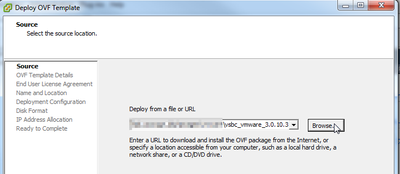
- Click 'Next' until you need to name the new virtual machine instance. Enter the name and click 'Next'
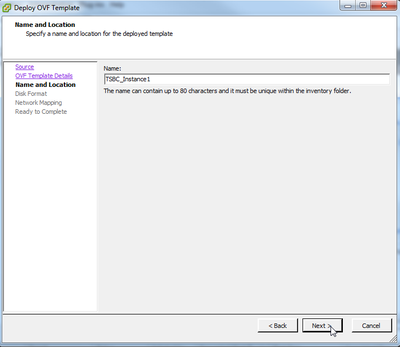
- Select a datastore (if more than one are available) and select "Thick Provision Lazy Zeroed" as the disk format then click 'Next'

- Accept all other default settings and wait until the machine is deployed.

- Once deployed, right-click on the new instance and select "Edit Settings..."
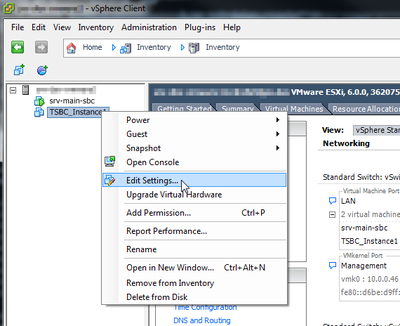
- Press the 'OK' button
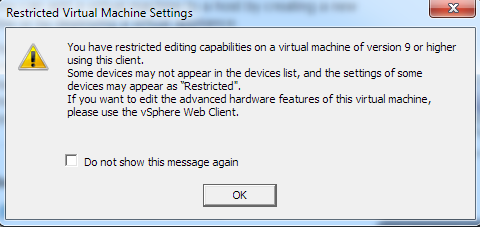
- Edit network adapters to connect on proper networks. Make sure that at least one of the adapter connects to the private management network of the setup from which WebPortal access will be granted. Do not press the 'OK' button yet.
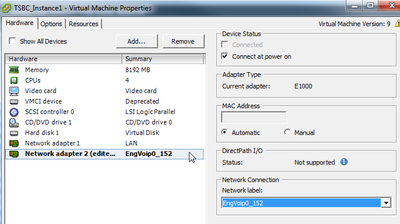
- Go to the 'Resources' tab and select the CPU item. Set 'Shares' to 'high', slide the 'Reservation' cursor to the max (i.e. right) and make sure the 'Unlimited' option is checked-marked. Do not press the 'OK' button yet.
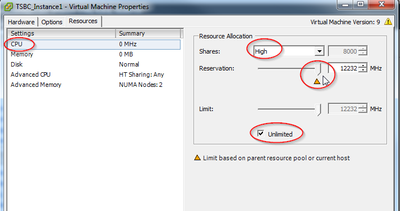
- Select the 'Memory' item and check-mark the 'Reserve all guest memory (All locked)' option. Do not press the 'OK' button yet.
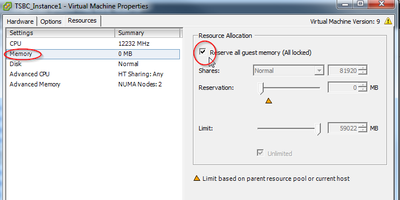
- Select the 'Disk' item and set the 'Shares' to 'High'. Do not press the 'OK' button yet.

- Select the 'Advanced CPU' item and set the 'Mode' to 'None'. Do not press the 'OK' button yet.

- Set the 'Latency Sensitivity' to 'High'
- Press the 'OK' button
- Back to the main screen, select the newly instantiated virtual machine, right-click and select "Power-->Power On" to start it.
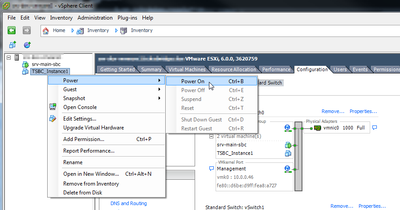
- Again to the main screen, select the newly instantiated virtual machine and choose the 'Summary' tab. Once the virtual machine is completed booted, the assigned DHCP IP address will be displayed by clicking on the 'View all' button. Note this IP address to access the Web Portal configuration interface later.
